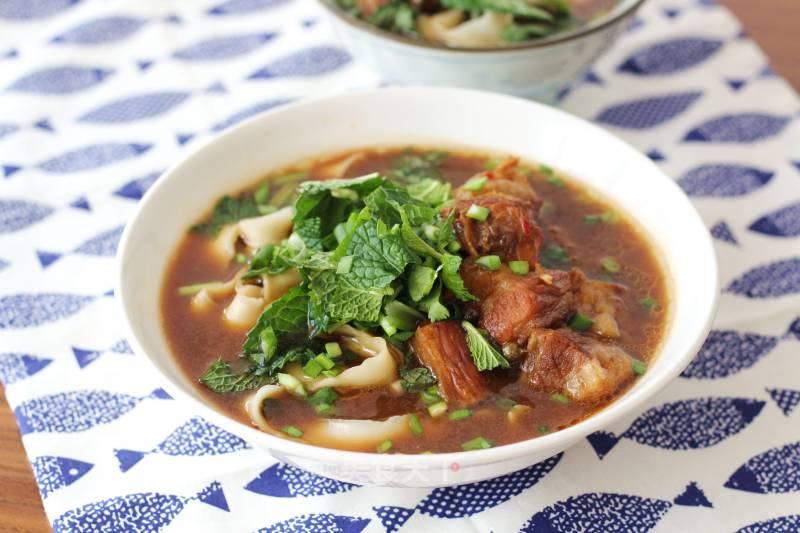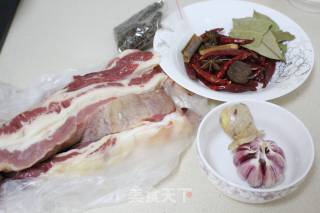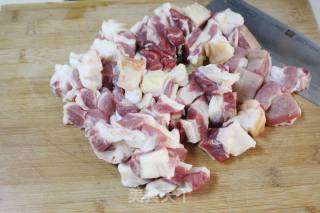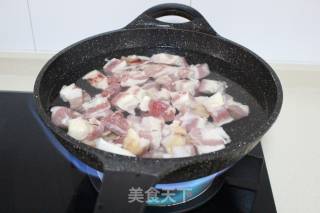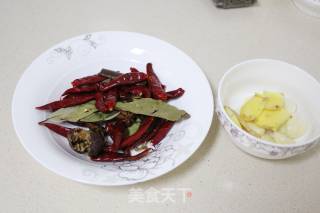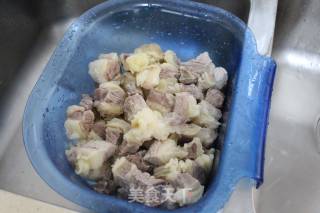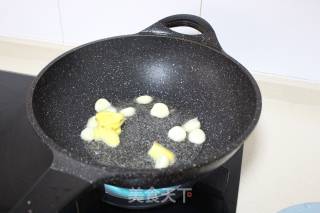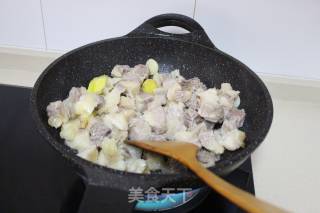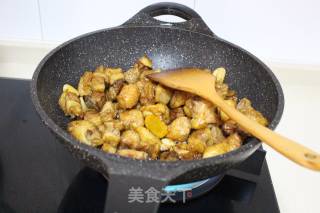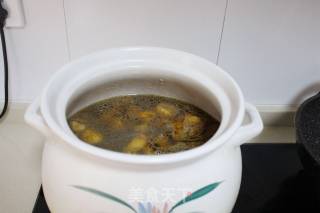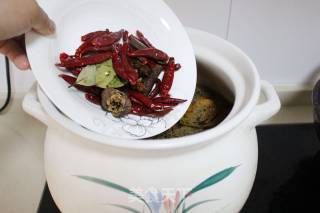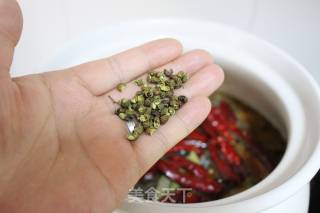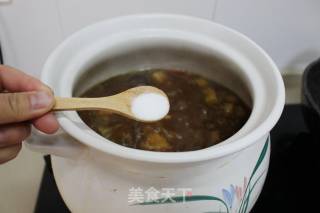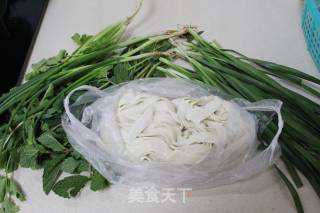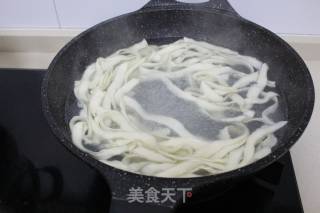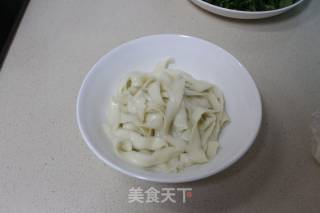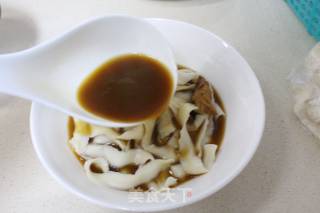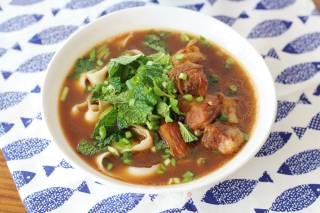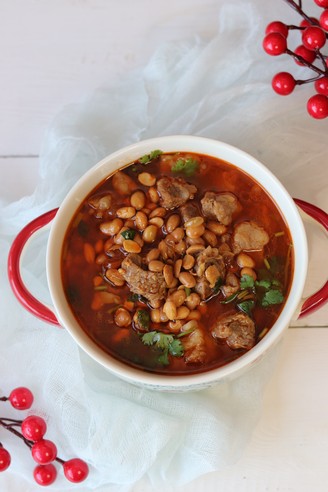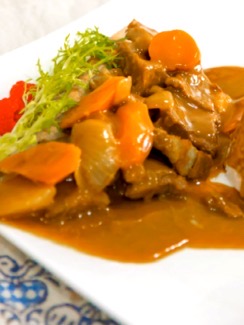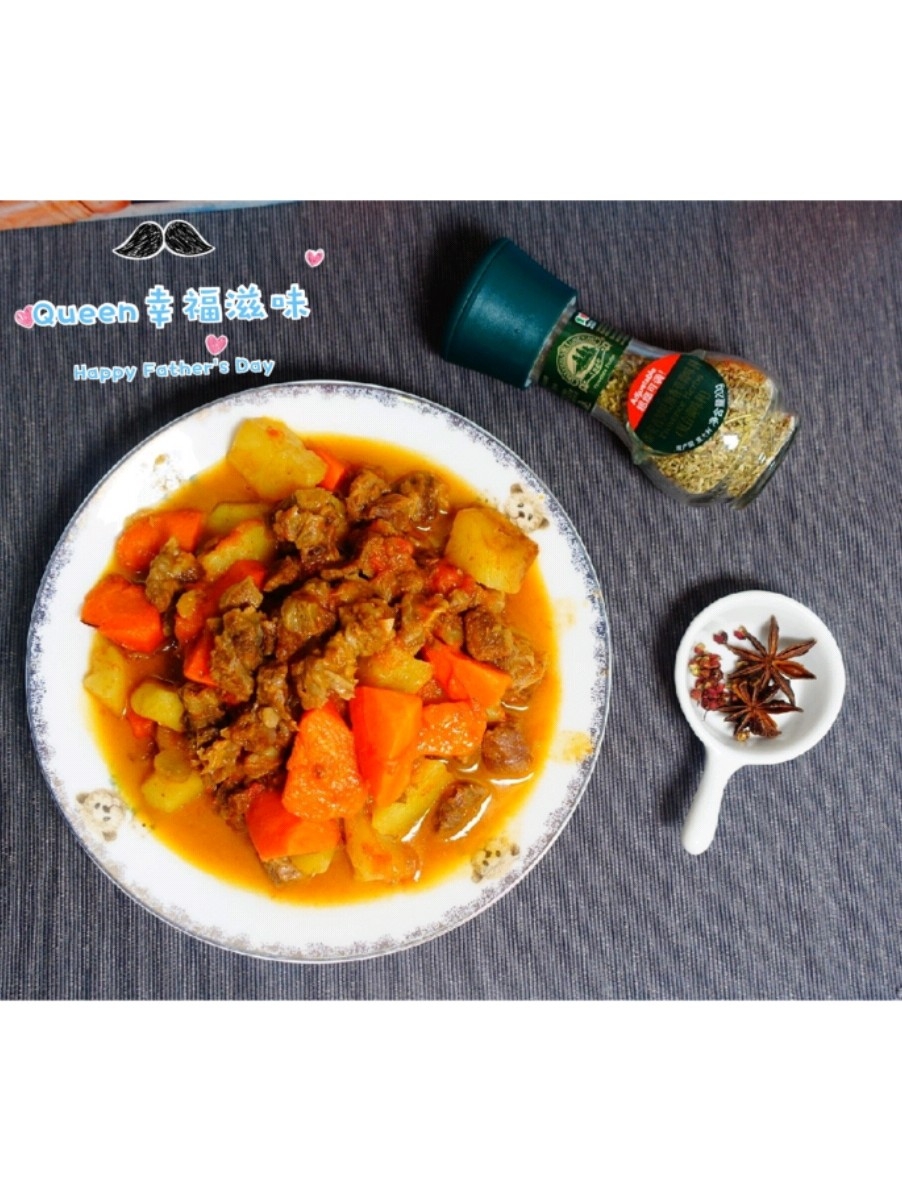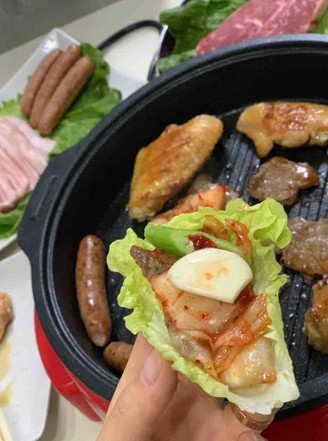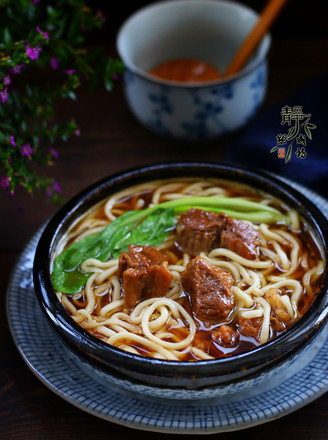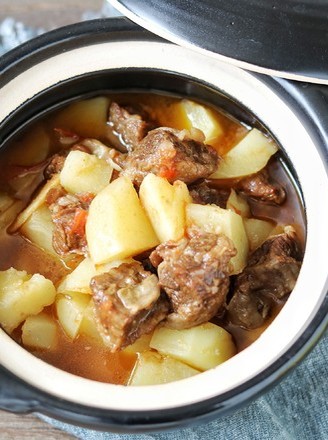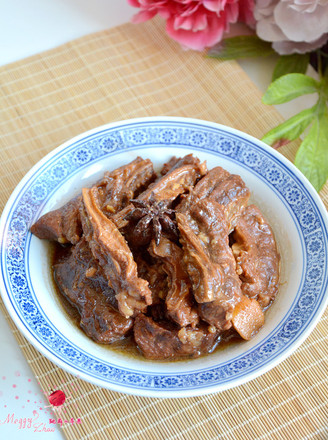Yunnan Famous Snack-big Crispy Beef Noodle
by Xiao Dong Niu@kitchen
Favorite
Difficulty
Easy
Time
2h
Serving
2
Dasu Beef Noodles is a famous delicious snack in Yunnan. The noodles are carefully cooked using rib beef and fresh noodles as raw materials. It is the housekeeping variety of Yunnan Muslim Cooking Museum. The beef ribs or tendons are made with braised technique, raked without loosening, fragrant and delicious. The so-called big crisp beef is a process in which the meat is fragrant before being boiled, so that the stewed beef will not be scattered, and the beef will be tender.
The cooked noodles are topped with stewed beef soup, a few pieces of rake-soft beef, and chopped green onion, coriander, chopped leeks, sauerkraut and a few slices of mint, appropriate amount of pepper and vinegar, the taste, Who knows who eats. "
The cooked noodles are topped with stewed beef soup, a few pieces of rake-soft beef, and chopped green onion, coriander, chopped leeks, sauerkraut and a few slices of mint, appropriate amount of pepper and vinegar, the taste, Who knows who eats. "

